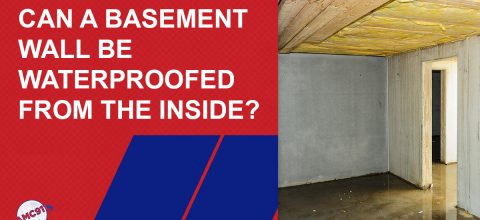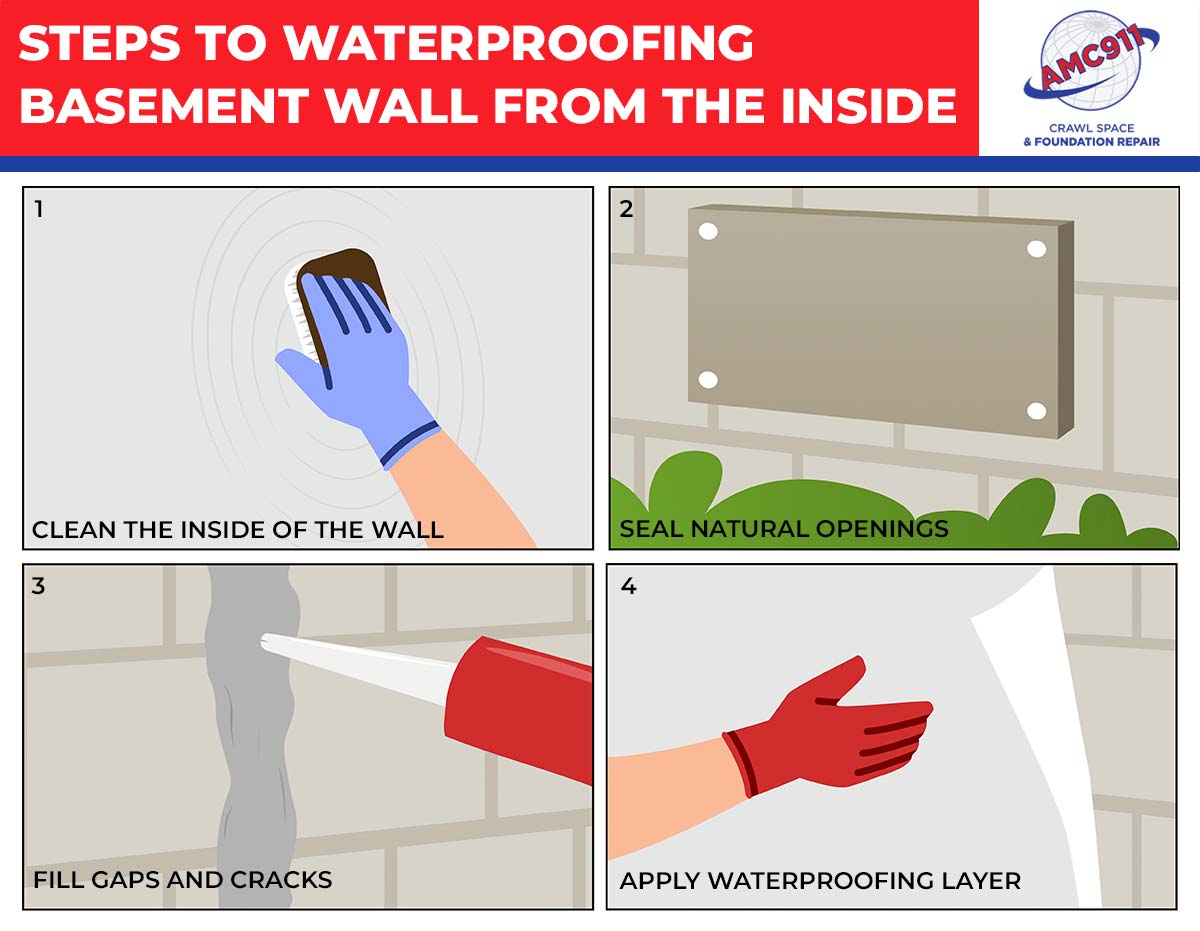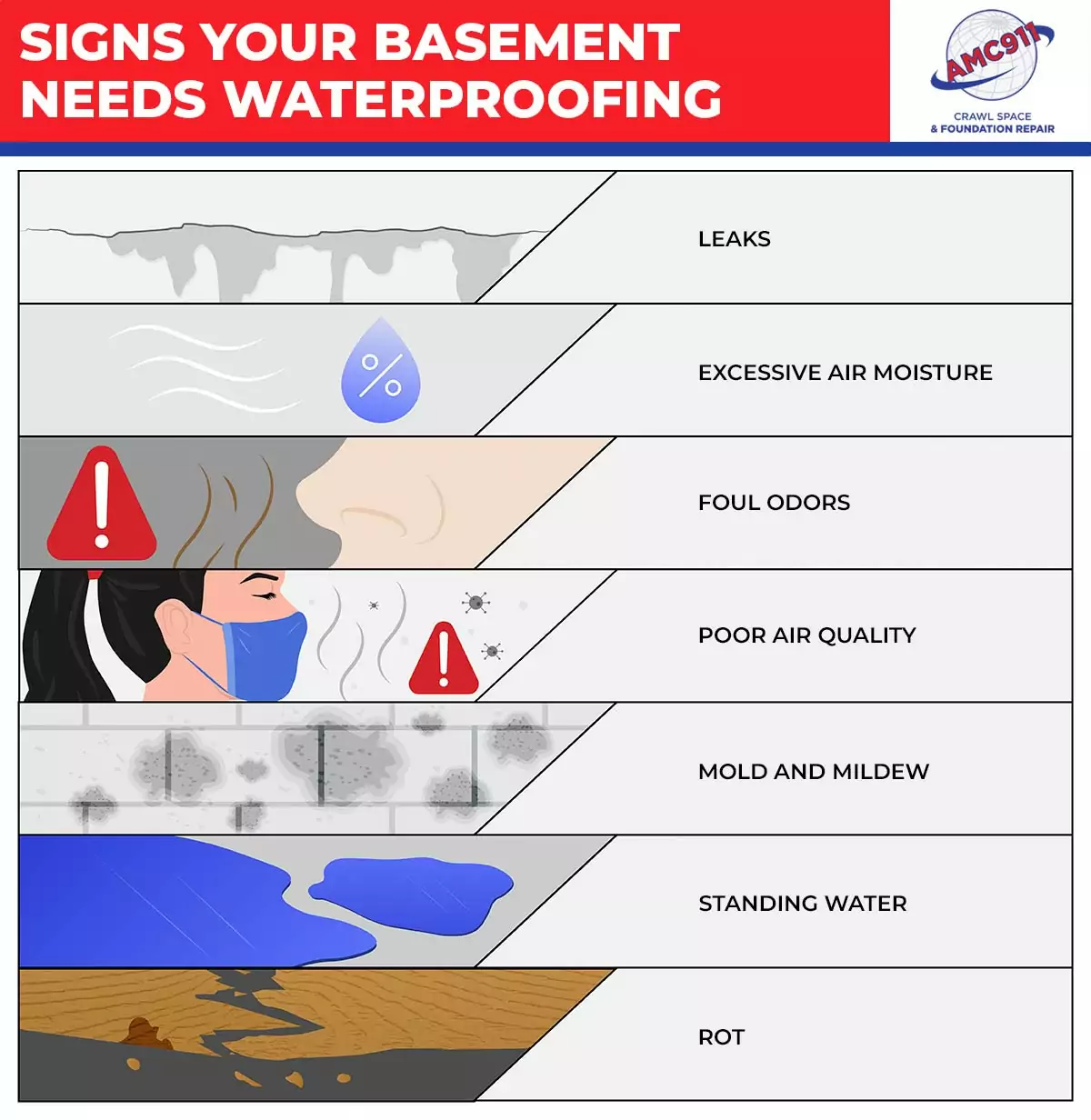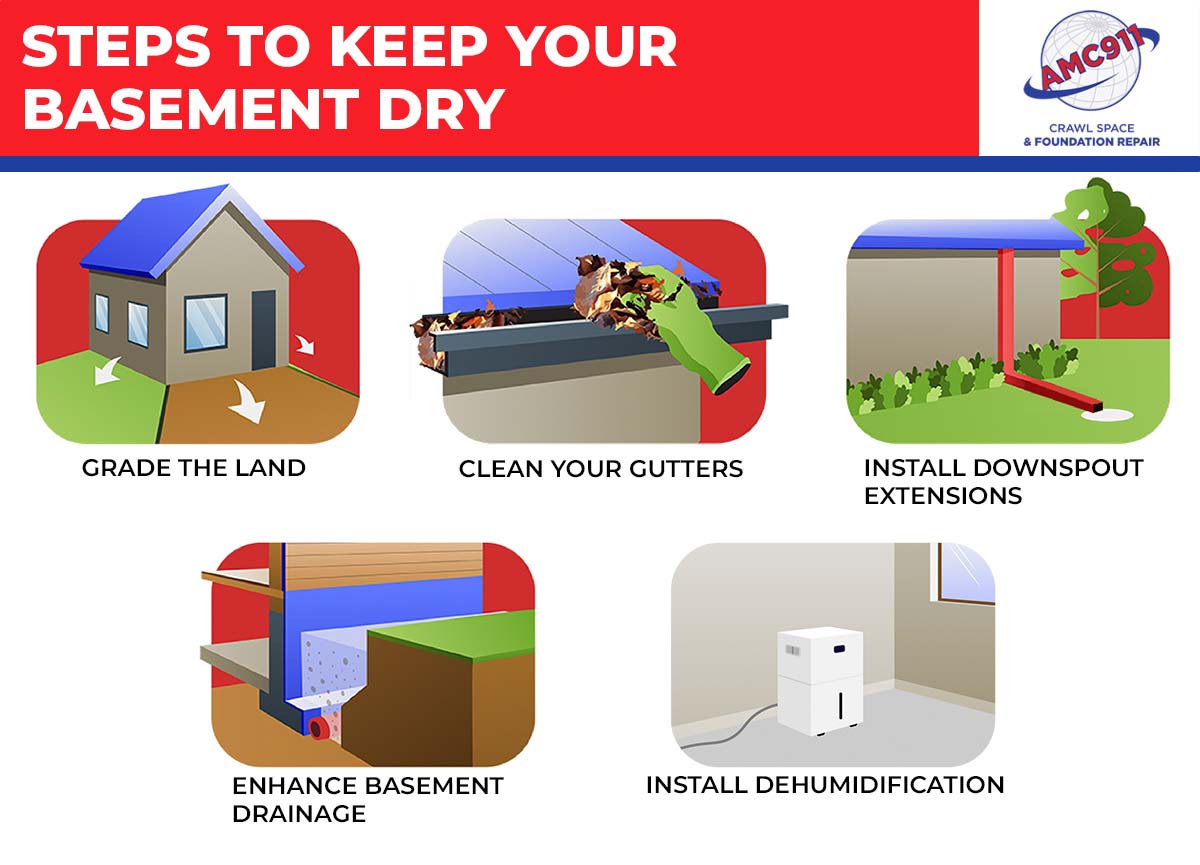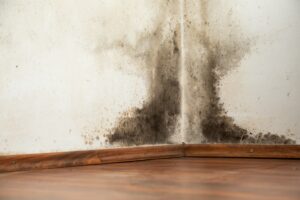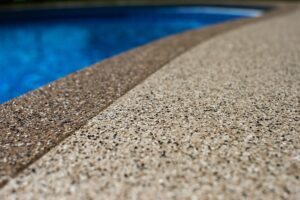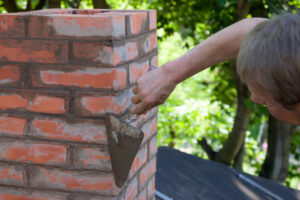Waterproofing basement walls from the inside is not only possible, but it is a standard option for many homeowners. Basement waterproofing has several benefits and keeps your basement intact.
Waterproofing Basement Walls from the Inside
Waterproofing basement walls from the inside is common, but many people don’t know what it involves. Below is a quick list of the main steps involved in this process:
- Clean the inside of the wall: Step one in any indoor basement waterproofing is to completely clean all interior surfaces of the foundation wall.
- Fill gaps and cracks: If the inside of your basement wall includes unwanted cracks and gaps, it is essential to fill them before a waterproofing service occurs. Many foundation specialists will use a cement mixture to achieve this goal.
- Seal natural openings: Basement waterproofing involves creating a complete seal between the inside and outside. This involves sealing any windows or other natural openings in your foundation walls.
- Apply the waterproofing layer: The primary step in a waterproofing service is to apply a waterproof coating to the entire interior surface of your basement walls. This coating prevents water and pests from entering.
Waterproofing Basement Walls from the Outside
Waterproofing a basement inside is a viable option, but there are other approaches you can take. For instance, waterproofing basement walls from the outside is also typical. Generally, this process is like waterproofing from the inside, but there are two main differences:
First, rather than occurring indoors, waterproofing from the outside involves applying a coating or seal to the exterior surface of a foundation, as the name implies. Additionally, your foundation team will need to excavate the area around your foundation to access it and apply the waterproofing material.
Signs Your Basement Needs Waterproofing
Here are a few reasons why basement waterproofing may be necessary for your home:
- Leaks: When your basement wall has cracks and gaps, water can leak inside. Hydrostatic pressure and other problems can also cause outdoor water to seep into your basement.
- Excessive air moisture: If the air in your basement is too moist, it often results from a water-related issue.
- Foul odors: Excessive air moisture can lead to foul odors filling your basement and seeping throughout your home.
- Poor air quality: High moisture levels also result in poor air quality. If you find poor air quality in your basement, there is a chance you require waterproofing.
- Mold and mildew: These substances are likely to proliferate when excessive air moisture and standing water are present in your basement. Unfortunately, these substances also threaten your structures and are hazardous to human health.
- Standing water: Any visible standing water is a sure sign your basement has a water-related issue and likely requires a complete waterproofing service.
- Rot: When water arrives in your basement, it can rot wooden structures. As these structures rot, they become ineffective, resulting in structural damage.
Benefits of Basement Waterproofing
Waterproofing your basement from the inside or outside is an excellent choice. Here are a few distinct benefits this service provides:
- Moisture control: Waterproofing provides a seal that prevents moisture from entering a basement. This prevention ensures your basement remains clean and dry.
- Pest prevention: A waterproofing seal keeps water out and makes it incredibly difficult for pests to enter your home.
- Structural protection: By reducing moisture, waterproofing protects the structures in your basement, leading to greater structural integrity for your entire home.
- Better air quality: Less moisture also results in better air quality in your basement and throughout your house.
- Fewer foul smells, mold, and mildew: You’ll experience fewer bad smells and less mold and mildew when you waterproof your basement.
- Increased storage space: The protection waterproofing provides allows a basement to become a secure storage space.
- Energy efficiency: Waterproofing adds protection for HVAC systems in your basement. This protection allows your HVAC units to operate more efficiently, leading to cost savings for your home.
Other Ways to Help Keep Your Basement Dry
Basement waterproofing isn’t the only way to help keep a basement dry. Below are some other things you can do as well:
- Grade the land: Ensure the land surrounding your home pitches away from the foundation. This pitch encourages water to flow away from the home, where it will not cause an issue.
- Clean your gutters: Clear gutters operate efficiently to move water from your roof away from your home. When gutters become clogged, they overflow and drop water directly next to the foundation.
- Install downspout extensions: When downspouts are too short, they deposit water near the foundation. Extensions help the downspouts move the water away from the home.
- Enhance basement drainage: Basement drainage systems are responsible for collecting water in and around a basement and conveying it away from the home. Improving a drainage system helps this process unfold more efficiently.
- Install dehumidification: Dehumidifiers effectively control air moisture in a basement. These systems allow you to monitor and manage the humidity in a basement.
Consult a Pro Before Waterproofing Your Basement
The best way to protect your basement and ensure waterproofing is right for you is to seek the advice of a foundation professional. These professionals will quickly diagnose any issue in your basement and match you to the ideal service.
For those living in the Virginia Beach or Chesapeake area, the best team to choose for this service is AMC911. We have the skills and experience you need to keep your foundation in ideal condition. Reach out today to learn more about our services.


